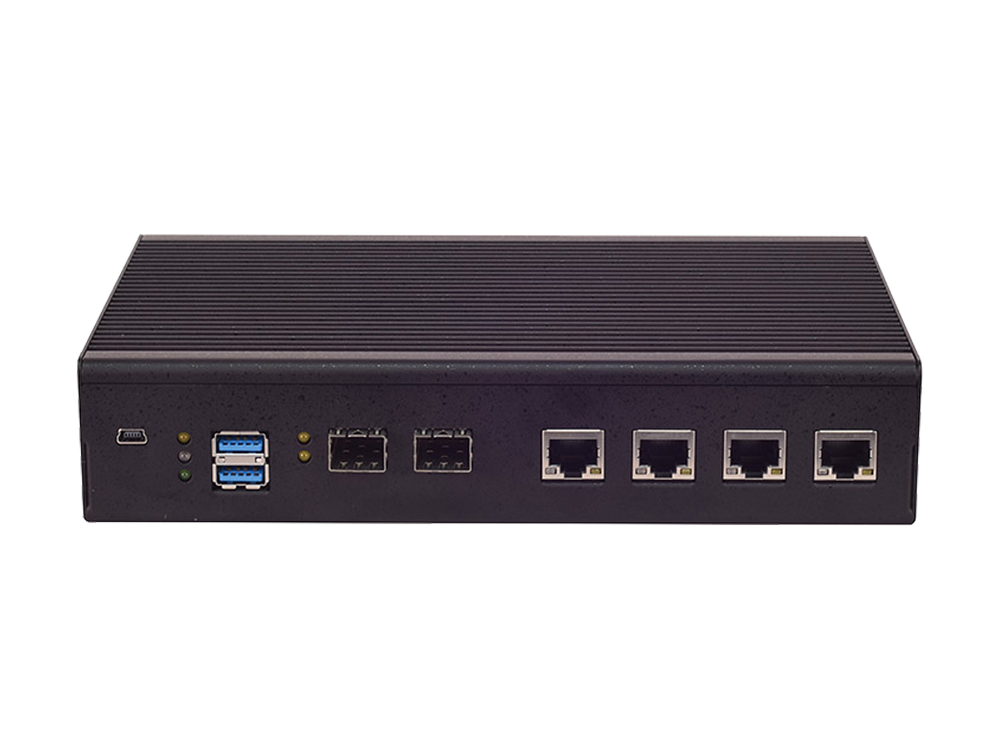Introduction
However, in order to manage and meet the demands of a telehealth system on which the medical staff depend for delivering top of the line care in the form of video, voice and data transfer directly to patients located in different locations, a robust and scalable network is an absolute must.
Challenges/Requirements
The implementation of a telehealth system requires large amounts of bandwidth with non-disrupted service and optimized quality of service (QoS), which can often be a problem when dealing with a legacy or MPLS network because as the level of care/service increases, so does the demand for accessible bandwidth and such demand can only be met by adding third-party circuits and additional routers, resulting in an even more complex and costly network infrastructure.
What’s more, if the said healthcare facility were to expand its presence to newly acquired locations, the task of assimilating networks with disparate infrastructure and systems into its core corporate network would be extremely complex, time-consuming and costly, not to mention the additional circuits, VLANs and third-party circuits that would need to be managed through separate interfaces.
Solution/Benefits
SD-WAN brings with it the flexibility for WAN load-balancing, optimization and visibility. Its software-defined nature and zero-touch provisioning afford enterprise IT administrators not only flexible networking manageability but also the ability to repeat deployment for multiple edges and branches based on web interface and cloud infrastructures. What’s more, SD-WAN’s software-defined nature and the use of pre-configured white-box hardware eliminate the need for proprietary physical equipment that could potentially complicate repair and maintenance efforts; such white-box setup can be repeated in various branches without additional circuit setup.
Adapting a SD-WAN strategy not only would minimize MPLS dependence when incorporating corporate-wide networks but also would make leveraging/delivering new services, cloud applications and voice and data communication integrations possible, which is what telehealth is all about.
SD-WAN implementation in this particular scenario application would dramatically cut down the time required for incorporating the network (of a newly acquired location) to the corporate network by way of a network overlay, which is significantly cost-effective as it requires neither dedicated business internet network connectivity construction nor a dedicated fiber line. More importantly, the network bandwidth is no longer static as it can be increased or decreased depending on the level of care/service in progress. A SD-WAN strategy does require a hardware platform that could be deployed in short order, and one that is capable of interoperating with existing infrastructure for bandwidth control, service delivery and user experience management.
Conclusion
By using SD-WAN for the implementation of a telehealth system from one centralized healthcare facility to its branch facilities, patients no longer need to take inconvenient and sometimes physically-demanding trips to see the doctors at their offices for evaluation and diagnosis. Experienced staff at each health facility/location can help remote doctors arrive at a patient’s prognosis from the comfort/privacy of a patient’s room, and in the process reducing/eliminating hospital re-admission.
Telehealth is projected to play a huge role in enabling the delivery/availability of more healthcare options available in the next 5 to 10 years.








